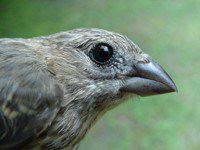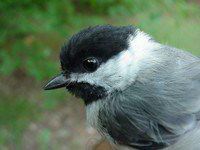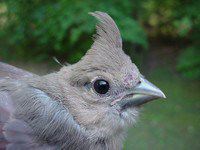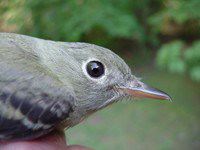|
|
|||
|
THIS WEEK at HILTON POND
29-31 May 2000
Installment #---Visitor # (Back to Preceding Week; on to Next Week |
|
|
|||
|
THIS WEEK at HILTON POND
29-31 May 2000
Installment #---Visitor # (Back to Preceding Week; on to Next Week |
|
FLASH! |
|
|
 Ruby-throated Hummingbird (females are becoming more active now) |
 House Finch (fledgling) (juveniles of both sexes are brown; males don't turn red until fall) |
 Carolina Chickadee (fledgling) (frequently occupies bluebird boxes) |
 Tufted Titmouse (fledgling) (young birds have soft, yellow gape) |
 Northern Cardinal (fledgling) (beak is dark in young birds) |
 Acadian Flycatcher (has white eyering and whitish throat) |
|
Plus the following species not pictured Swainson's Warbler (2nd local record; adult male in breeding condition with cloacal protuberance) |
|
| Up to Top of Page Back to This Week at Hilton Pond Center |

|
|